How can I prevent cloudy moisture spots from appearing on my basement floor after painting with black epoxy?
8 months ago
Last Updated: October 21, 2024
Has anyone experienced this before? I painted my basement floors with black epoxy, and a few days later, I noticed cloudy moisture spots coming through the epoxy and clear coat. Do you think sanding it down, adding Killz paint to the concrete floor first, and then redoing the epoxy and clear coat would solve the issue? Or do you think it would happen again? Any advice would be greatly appreciated.
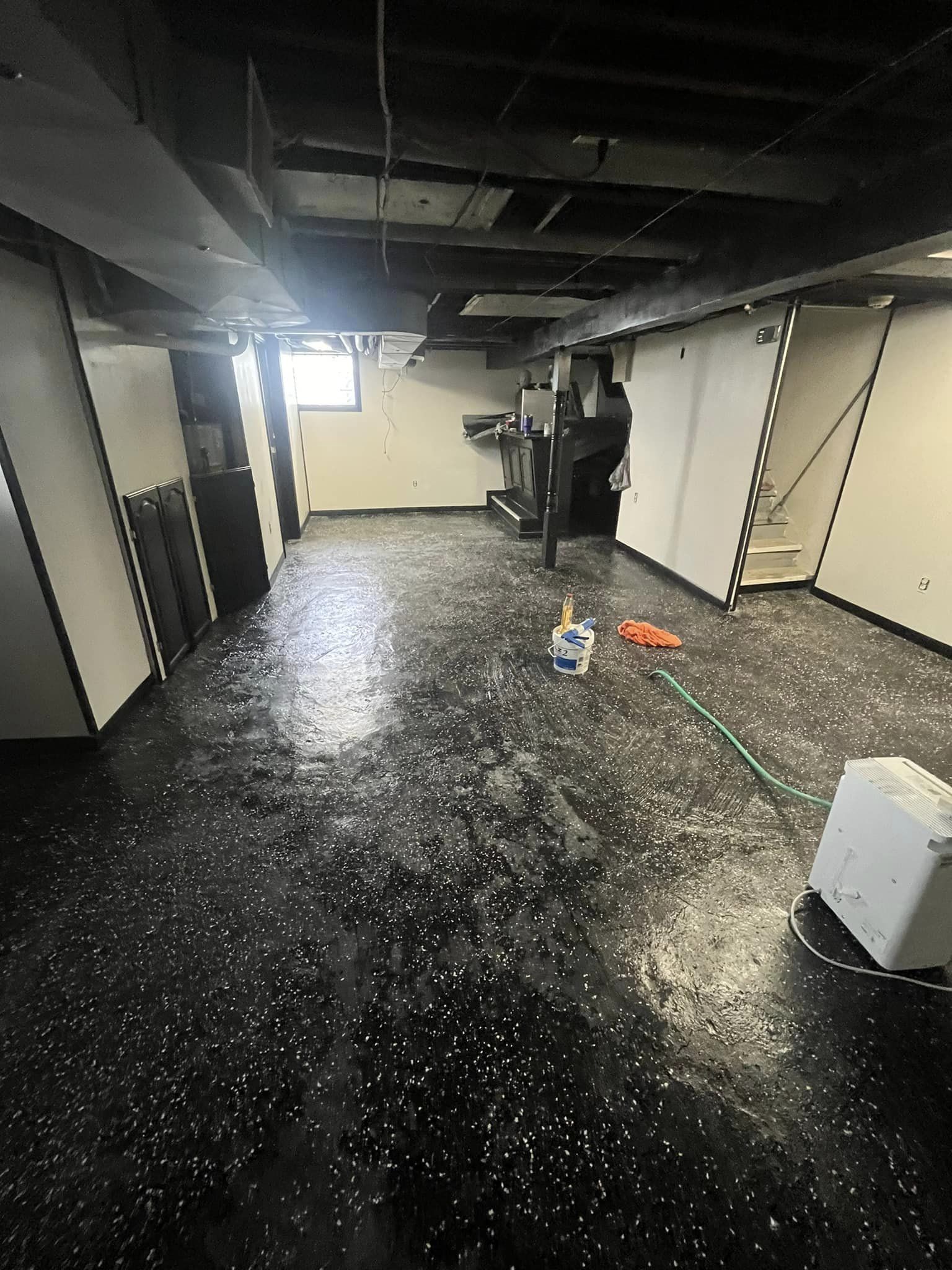
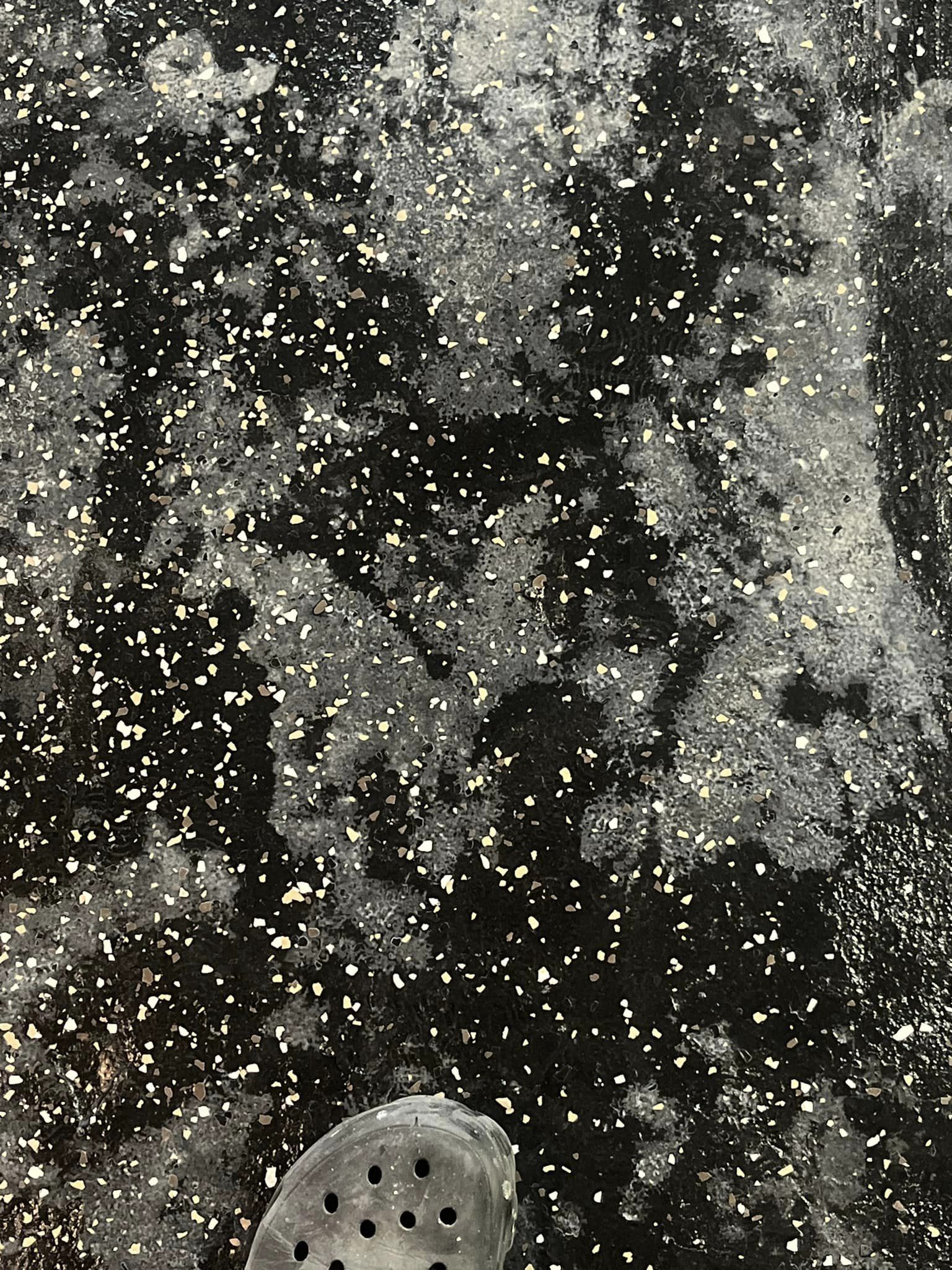
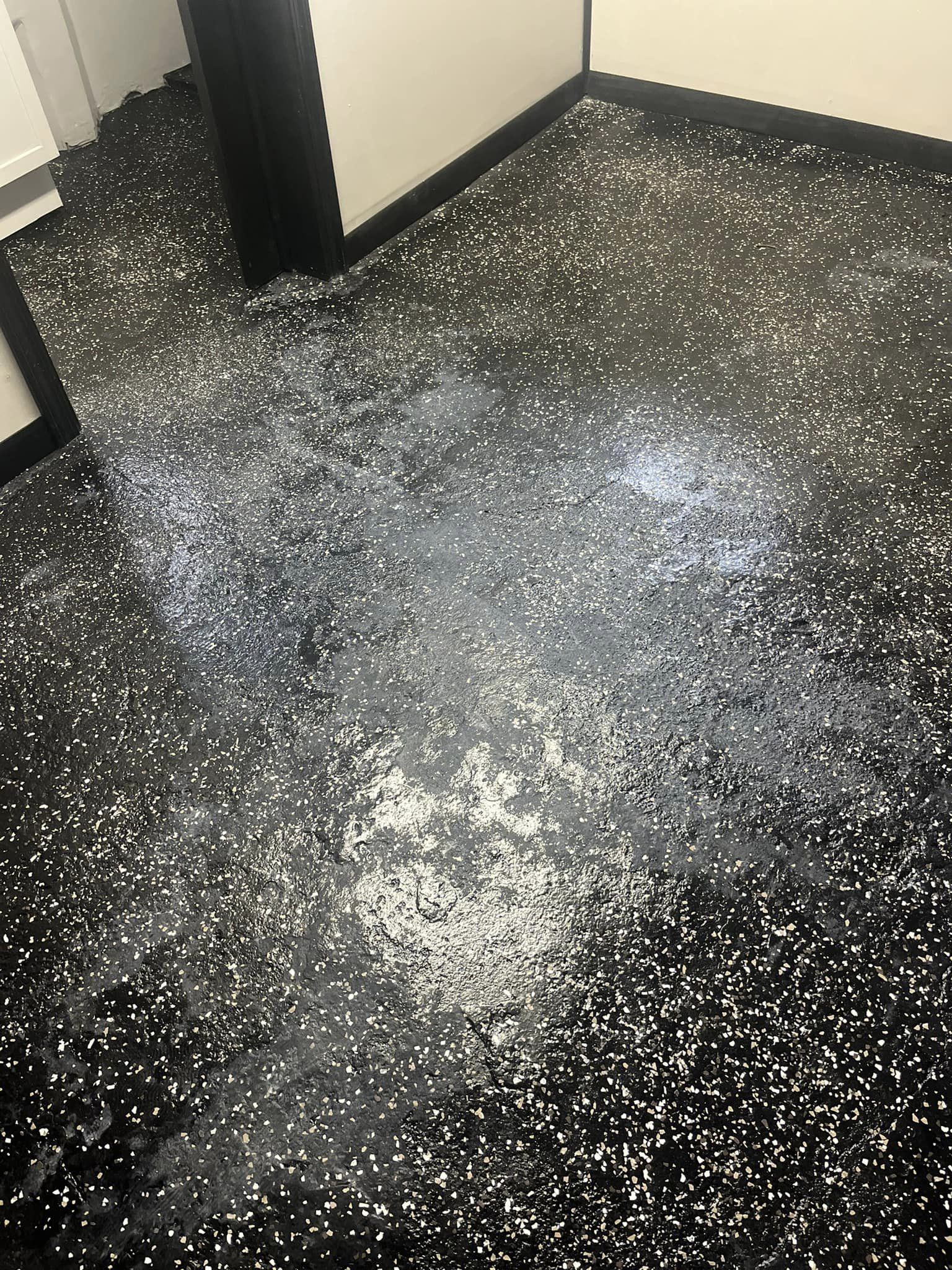
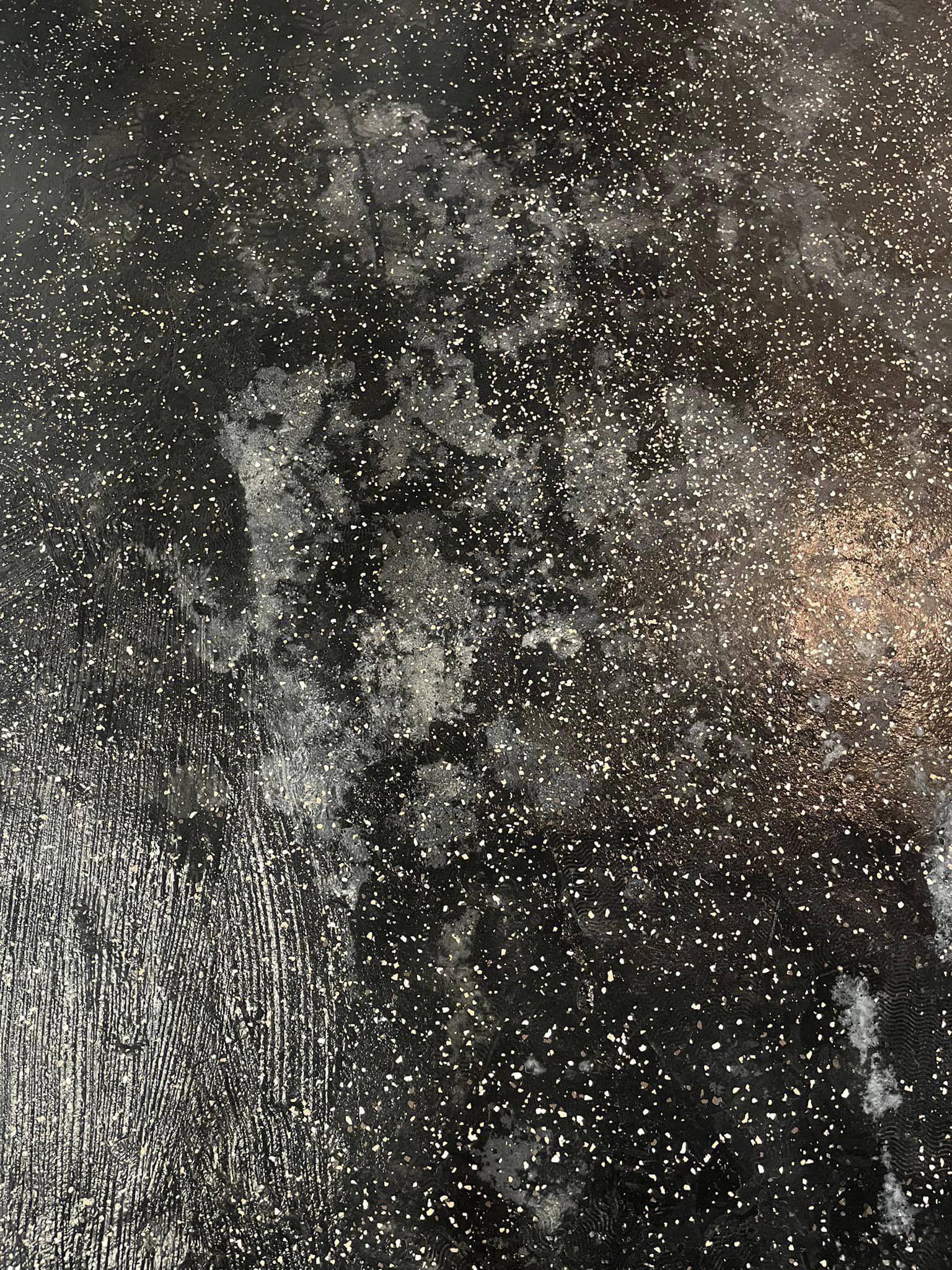
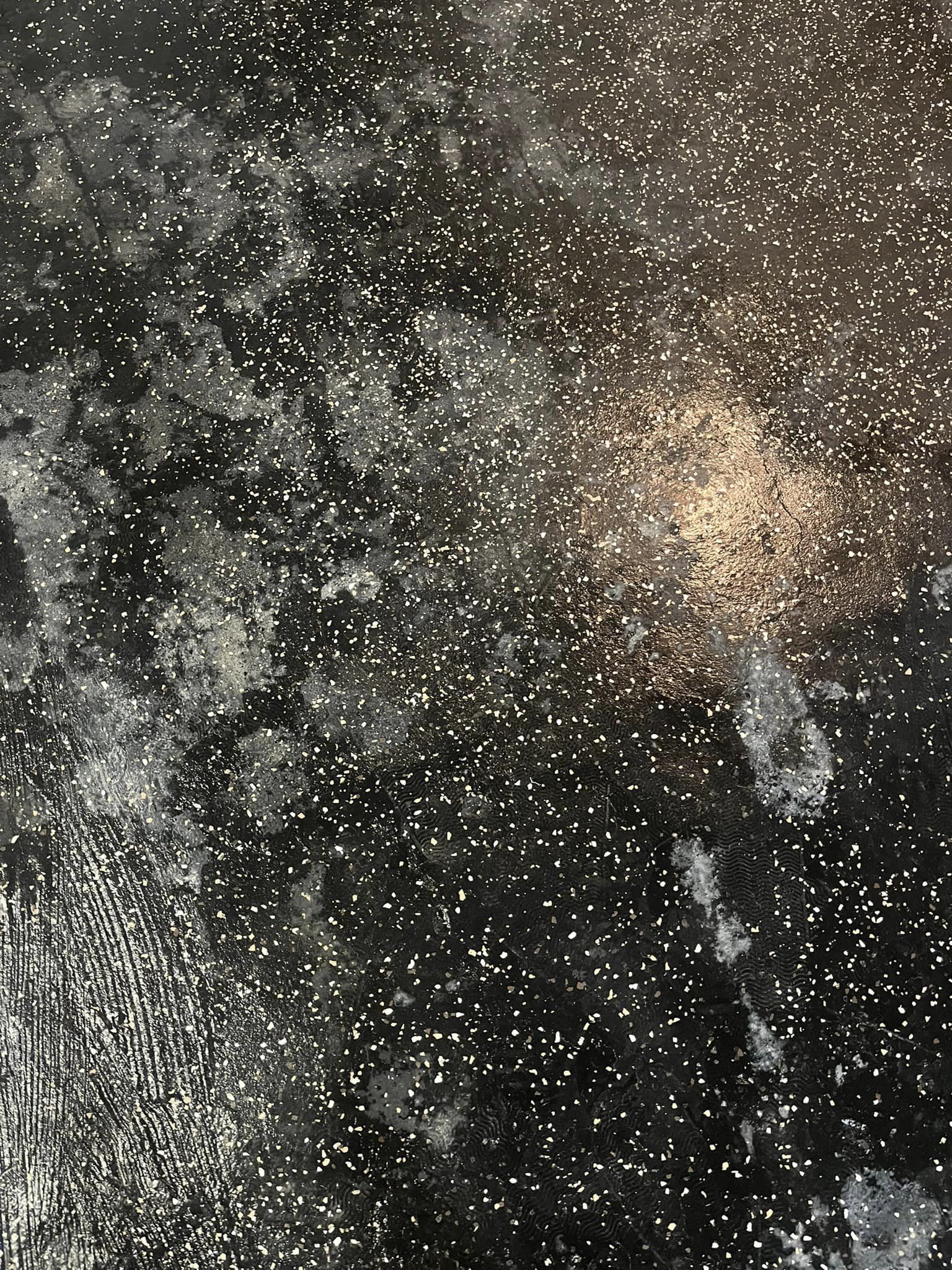
Before priming, it’s essential to ensure that the concrete is completely dry to avoid any moisture seeping through.
Hey , this right here? It seems like a moisture problem.
What’s your go-to for priming concrete?
Yeah, makes a good point. Summer is the best time to tackle this.
Recommends using a concrete primer…
How did you get the floor ready for epoxy?
It seems like there could be moisture seeping through the concrete or some residue like old oil still present. You might want to sand the affected areas again before trying once more. Personally, I haven’t attempted an epoxy finish before. In my opinion, painting a concrete floor with any type of coating is quite unpredictable. Check the product instructions and troubleshooting for guidance.
Did you happen to heat the epoxy to remove any moisture or air bubbles?
How long does it take for your epoxy to cure?
Have you tested the moisture levels in the concrete before proceeding? A simple way to check is by placing a piece of plastic wrap on the floor overnight and checking for moisture in the morning.
To prevent moisture issues, it’s recommended to apply ghost shield as the first step to seal and strengthen the concrete.
Moisture can be a problem, especially in a basement where temperatures fluctuate.
In addition to the previous steps, it might be beneficial to use a dehumidifier and a large fan to remove as much moisture from the area as possible.
Moisture tends to seep up through concrete, which can cause issues with the epoxy adhesion. Is it possible that this is a kit from Home Depot?
How old is the house? It’s possible that the moisture barrier under the foundation has failed.
Hahaha no such thing as a “moisture barrier” under a house….. unless you have radiant heat and even then it’s just insulation that can’t completely prevent water…. We paint the foundation sides for concrete protection but it’s still pretty much a joke.
What exactly are you referring to? Plastic moisture barriers are definitely used beneath home foundations. This is my profession, so I can confirm the presence of these barriers.
Hey , haha okay… What do you do for work? Where are you constructing? In the US? Working on flatwork below ground level? Are you referring to extreme weather conditions? Typically, standard poured flatwork below ground level is placed on a compacted layer, like stone or gravel.
Hey , not sure where you’re located, but around here, we always use a plastic vapor barrier under basement pours. Keep in mind, building codes can differ depending on the region. The barrier does get compromised by plumbing and electrical penetrations.
Hey T.J. Whittington, there are several moisture barriers that work wonders under concrete slabs to tackle moisture issues. Good seals for pipe penetrations help too. However, dealing with water underneath the slab might require pumping. I remember a project where the entire concrete foundation and slab were covered with a waterproof membrane. It needed a lot of attention during the first pour to avoid damaging the membrane, but it turned out perfectly in the end. This particular project was at the West Point military base. As long as the water table stays low enough to prevent the concrete from turning into a makeshift boat, there shouldn’t be any issues.
‘t you think the floor may not have been prepped correctly? Was the floor properly etched? Bare concrete tends to release moisture. The only way to confirm is by placing a piece of paper on the floor overnight and checking the results. Ideally, a clear concrete sealer should have been used as a base before applying the epoxy, paint flakes, and top coat. Those kits from Home Depot are not very effective. The best course of action to fix this would be to use a torch to draw out the moisture and then run two dehumidifiers on both ends for at least a day before proceeding with the repair.
Right now, I’d recommend heating up the basement as much as possible and using a dehumidifier. This might help with the curing process and prevent any issues with the epoxy coating underground.
In regards to the issue the OP is experiencing, it appears to be connected to moisture beneath the slab. Before taking any action, the OP should conduct a moisture test to assess the current condition of the slab.
https://www.wagnermeters.com/concrete-moisture-test/why-relative-humidity-testing/
I’ve never witnessed a primer being applied on concrete. Acid etching, yes. It might be that you applied the clear coat too quickly. I’m not sure why you clear coated it since epoxy paint already has a glossy finish.
Too damp
You have to grind it all off. And then apply a quality epoxy with a moisture vapor barrier.
For all new homes built on slabs, a minimum 6 mil moisture barrier is required to be installed before pouring the concrete. Additionally, all penetrations must be properly sealed. While it’s impossible to completely prevent moisture from the ground, this barrier helps to stop the majority of it. If the house is over 20 years old, there’s a possibility that the barrier either doesn’t exist or has deteriorated, allowing excess moisture to seep through.